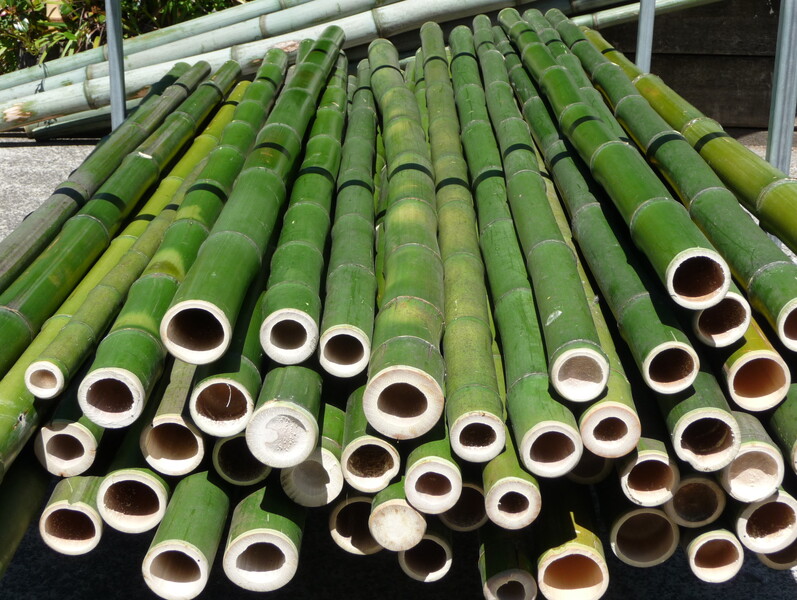

Cracking that occurs in a circular pattern at the top of tomato fruits, ringing the stem end, is known as concentric cracking. This pattern of splitting commonly occurs during hot, humid weather. Vertical splits along the sides of fruits are known as radial cracking and are the most serious. There are two different patterns this damage may take. This type of damage is most likely to occur as tomatoes begin to ripen and you are anxiously anticipating harvest, though green fruit can be effected as well.Ĭracking and splitting occur when rapid changes in soil moisture levels cause fruits to expand quicker than the tomato skin can grow. Heavy rain, especially when preceded by dry weather, is the leading cause of fruit cracking and splitting in tomatoes.

Side splitting and cracking up are terms you want to hear in reference to a joke you just made, not about your tomatoes. Recent heavy rains are likely to change this trend, raising the stakes against a bumper crop this season. Until a few weeks ago, growing conditions this season had been nearly ideal, resulting in some of the healthiest tomato plants I have seen in years. Throughout the summer you play the odds against insects, diseases, heat, or drought ruining your crop.


Growing tomatoes in the coastal South is always a gamble. Sudden changes in soil moisture can cause concentric cracks to form around the top of tomato fruits. Please note that some applications and/or services may not function as expected when translated. NC State Extension does not guarantee the accuracy of the translated text. As with any Internet translation, the conversion is not context-sensitive and may not translate the text to its original meaning. To the extent there is any conflict between the English text and the translation, English controls.Ĭlicking on the translation link activates a free translation service to convert the page to Spanish. Por favor, tenga en cuenta que algunas aplicaciones y/o servicios pueden no funcionar como se espera cuando se traducen.Įnglish is the controlling language of this page. NC State Extension no garantiza la exactitud del texto traducido. Al igual que con cualquier traducción por Internet, la conversión no es sensible al contexto y puede que no traduzca el texto en su significado original. En la medida en que haya algún conflicto entre la traducción al inglés y la traducción, el inglés prevalece.Īl hacer clic en el enlace de traducción se activa un servicio de traducción gratuito para convertir la página al español. El inglés es el idioma de control de esta página.


 0 kommentar(er)
0 kommentar(er)
